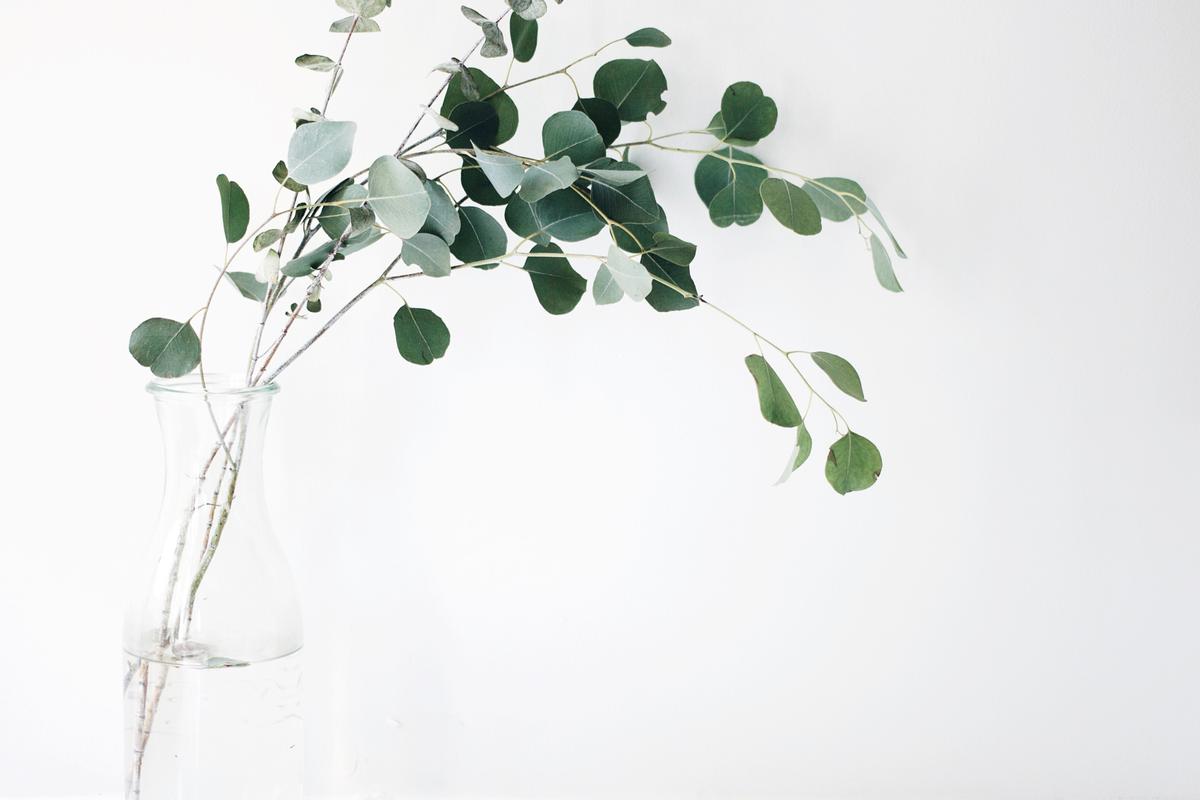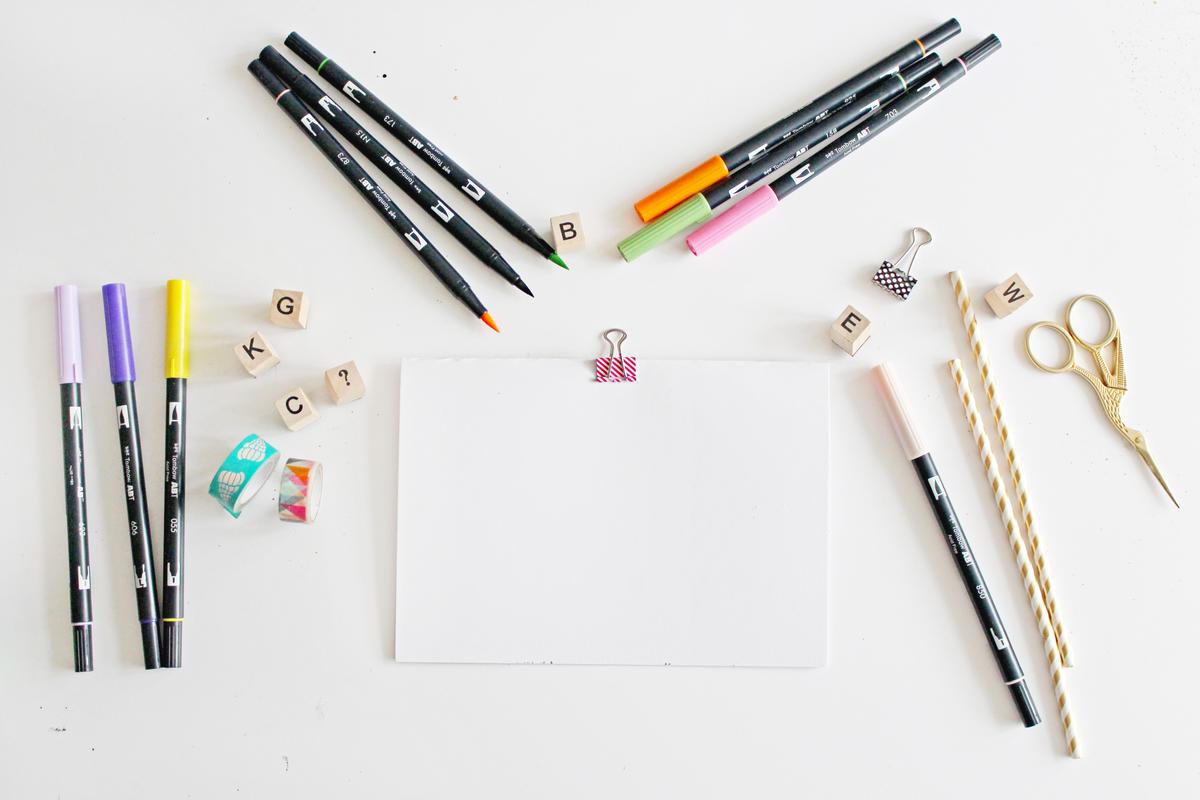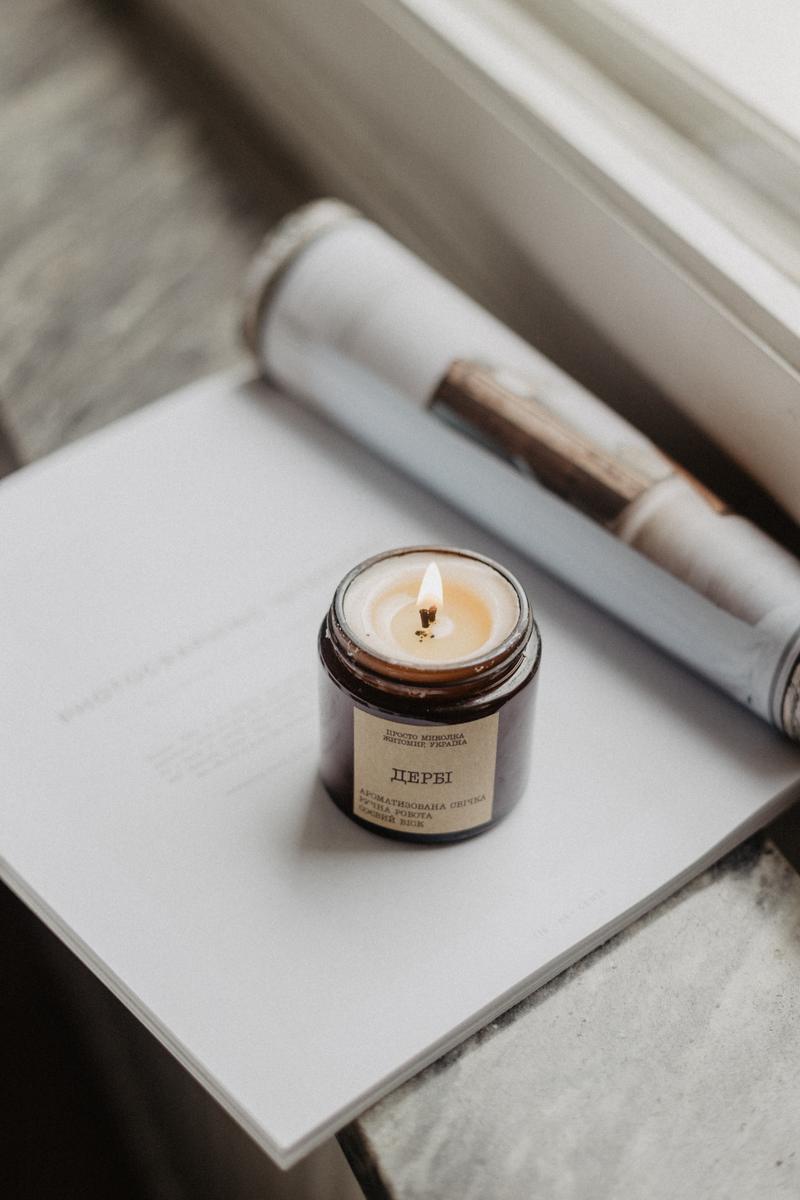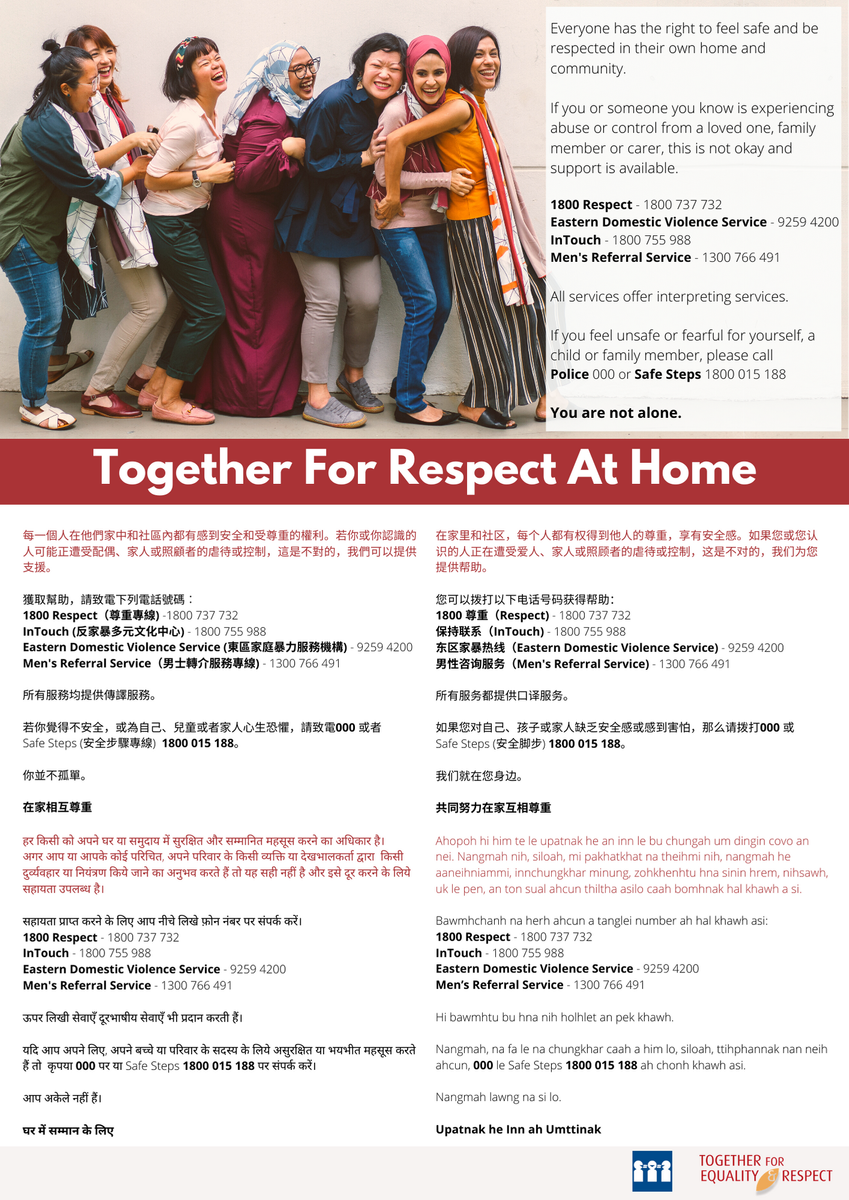Wellbeing
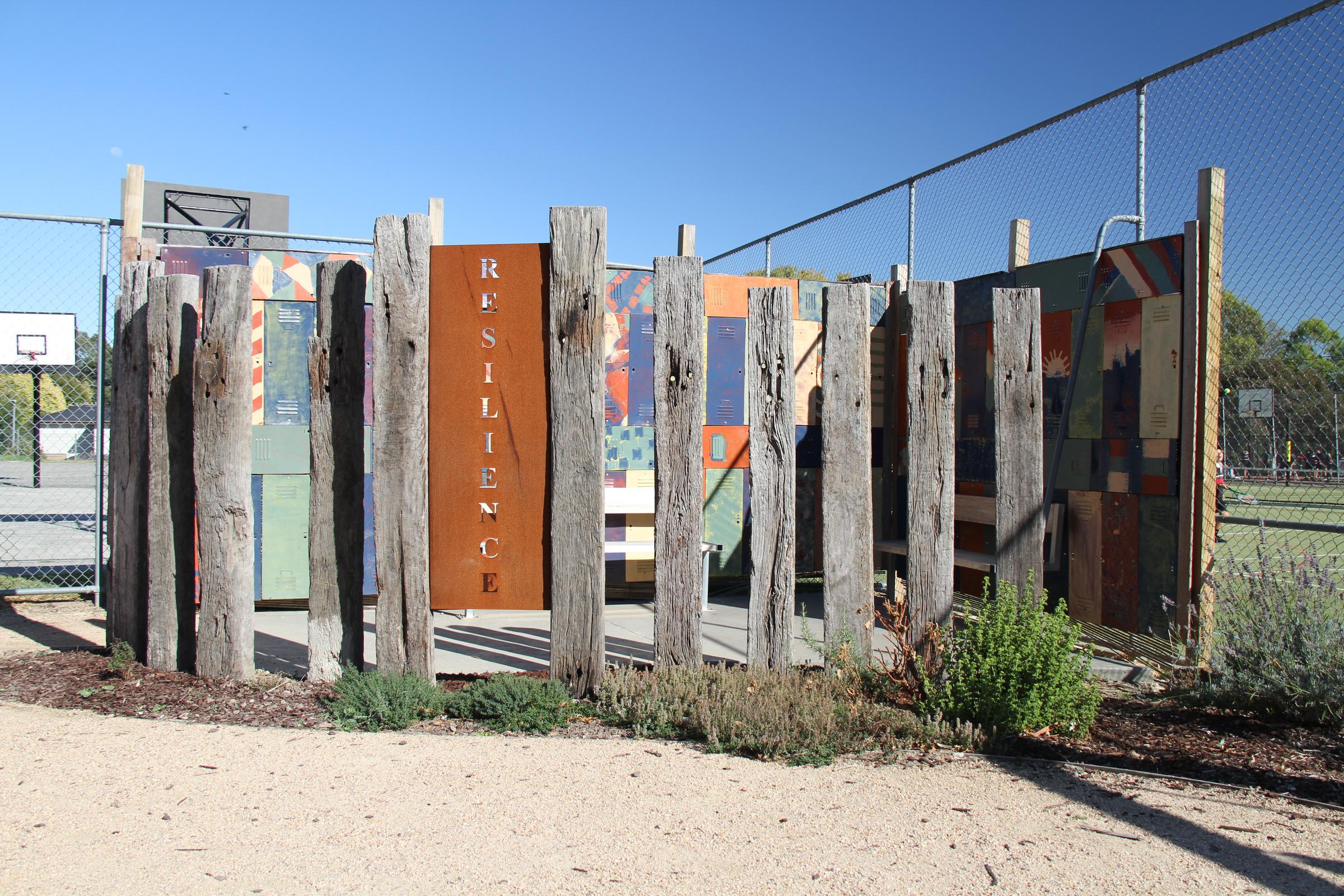
Wellness Tree
Wellness. What comes to your mind when you think of wellness? I think of slow, contented breathing while walking over a grassy hill and listening to the sounds of trees rustling with the wind. For me, a large part of wellness is connecting with the natural environment around me and spending time alone. However, we have not always understood wellness to be this way as ideas and meanings have changed over time. Historically, the absence of disease and illness indicated that an individual was healthy. Thankfully, our knowledge has expanded, and we now know that being a healthy individual is more than having a healthy body. Today, the term ‘wellness’ encapsulates the emotional, physical, environmental, spiritual, intellectual and social components of a person. Each element of wellness contributes to a healthy individual, and decreases in one area of wellness can affect other domains. For example, suppose I do not spend enough time alone. In that case, I am less happy when I am around my friends, and my relationships are at risk of suffering. When you have the time, take a couple of moments to do the following exercise to get a greater understanding of your wellness. Grab some pencils and paper and settle yourself down for five to ten minutes.
- On your paper, draw a tree with six branches to represent the six areas of wellness; emotional, physical, environmental, spiritual, intellectual and social.
- If you can think of another area that was not included – that’s great! Go ahead and draw another branch.
- At the end of the branch, draw a leafy circle with enough room to write inside.
- Label your circles with the domains of wellness.
- Reflect upon what you do to fulfil those wellness needs.
- Write your experiences inside.
For example, for 'environmental’ you may include ‘making my bed every morning’ ‘picking up litter from the creek’ or ‘lighting a scented candle that makes my room smell nice.’ For ‘physical’ you might write ‘go for a walk every day with my dog’ or ‘do ten minutes of yoga in the morning’. You may find that some activities overlap in different domains. When you have finished, take a moment to inspect your wellness tree. Are some branches heavier than others? Are some, or perhaps all branches lacking? Pick a different colour pencil, and fill in the branches that need more attention with activities and ideas to complete your Wellness Tree. See if you can come up with new, inventive ways to fill the rest of your tree. You can include things you have never done but would like to try.
Drawing a Wellness Tree is a visual tool to help you see where you are excelling in your journey of wellness, and what areas may need a little bit of love. Wellness is multifaceted, and no two trees will look the same. What works for you may not work for another individual. Hopefully, you have gained a greater awareness of how you attend to your needs and have clarity of areas that may need improving. Take a moment to thank yourself for all the beautiful ways that you contribute to your wellness, as nothing goes unaccounted or to waste. Dedicating consistent time and energy into your wellbeing will inevitably result in a happy and fulfilled version of yourself. Have a wonderful day, and thank you for taking the time to increase your self-awareness.
Kristy Knowles
On behalf of the DSC Wellbeing Team
Conversation of Hope
This year has been an unpredictable and challenging year. We have all faced so many changes in such a short space of time which can leave us feeling a little overwhelmed. Still, so much uncertainty lies ahead and it can feel difficult to remain hopeful, yet hope may be what gets us through this difficult time.
In this week’s conversation menu, we’re looking at ways to cultivate hope throughout this reconfigured year. We also encourage you to take this opportunity to reflect on the year so far and explore how you can prioritise your mental health going forward.
Together For Respect At Home
The coronavirus (COVID-19) pandemic has presented new, unprecedented concerns and challenges for our community.
Times of stress and hardship is never an excuse for violence. All people deserve to live free from fear and family violence.
Everyone has the right to feel safe and be respected in their own home and community.
COVID-19: Getting ready to go back to onsite learning
As children in Metro Melbourne return to on-site learning many parents may let out a sigh of relief. However, not all children are looking forward to returning and may feel some anxiety as they count down the days.
Below is a video with Dr Anthea Rhodes as she highlights some common concerns parents and children have, and how you can support your child in the lead up to the big day.
For further information about COVID-19 please see the DHHS website here: t.ly/TFC5.
Positive YouTube Clips that Inspire
During these challenging times, we'd like to share some positive videos going around.
Dancewalk! | SoulPancake Street Team
Who thought crossing a road could be so fun?
5 ways to feel better both mentally and physically

